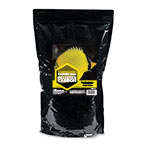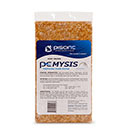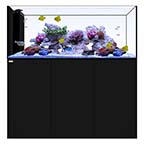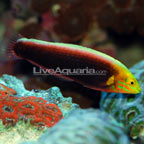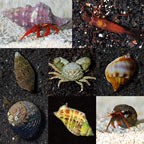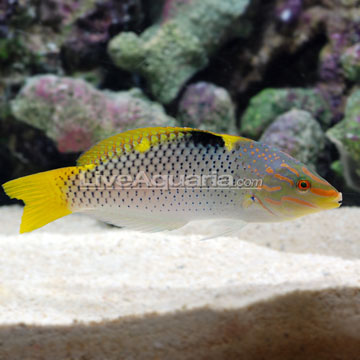
 SAVE up to 30%!
SAVE up to 30%!Additional locales and sizes may be available!
Additional locales and sizes may be available! Email me when availableQuick Stats
What do these Quick Stats mean? Click here for more information
What do these Quick Stats mean? Click here for more information
Overview
A 125 gallon or larger aquarium with a sealed lid, a 2-3 inch sandy bottom to hide under if frightened, and other peaceful wrasses, including its own species, is a suitable environment. In the tank, it will eat fireworms and pyramidellid snails, protecting corals and clams which it will not bother. However, larger specimens may prey on smaller ornamental shrimp and crabs. In addition, it may eat feather dusters, wild shrimp, tubeworms, and flatworms.
The Marble/Hortulanus Wrasse diet should include vitamin enriched frozen mysis shrimp, vitamin enriched frozen brine shrimp, and other meaty foods along with a high quality marine flake and marine pellet food.
Approximate Purchase Size: Small 1" to 2-1/4", Medium 2-1/4" to 3-1/2", Large 3-1/2" to 5"



